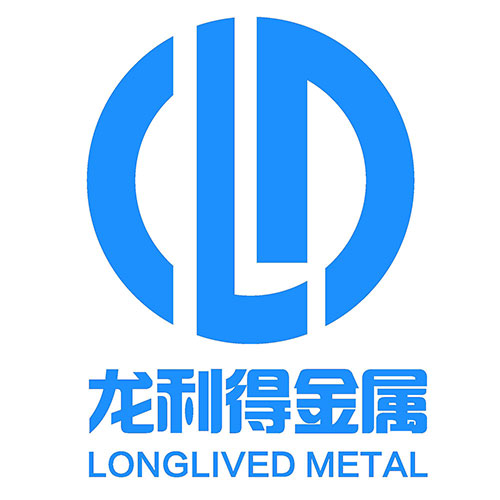We all know that the grinding of steel shot usually has three processes: rough grinding, medium grinding and fine grinding. Each transfer process requires the use of finer abrasives and an appropriate reduction in the rotational speed of the grinding wheel, resulting in a finer finish than the previous pass. Generally, the specific steel shot polishing step depends on the surface roughness of the workpiece itself. In addition to the serious scratch marks on the aluminum material, the machined parts can be polished with l60#, and then the steel shot can be polished. It is not suitable and does not advocate one-time grinding with fine sand abrasives, otherwise it will not only reduce the work efficiency, but also affect the service life of the polishing wheel. In order to improve the polishing quality of the steel shot, the rough machining track marks left by machining must be completely ground during rough grinding, and the marks left by rough grinding must be ground during medium grinding, so that the surface finish of the workpiece is gradually improved. Improve and improve, otherwise it will not only cost labor and materials, but also the quality cannot be guaranteed. In addition, in order to avoid the repetition of the steel shot polishing track and improve the steel shot polishing quality and polishing efficiency, the direction of the grinding wheel in each polishing needs to cross the previous grinding track. By polishing the steel shot, various macro defects such as burrs, rust, scratches, weld flashes, weld seams, blisters, and oxide skin can be removed on the surface, so as to improve the flatness and electroplating quality of the steel shot.
Cast Steel Shot, Metal Abrasive, Stainless Steel Shot





